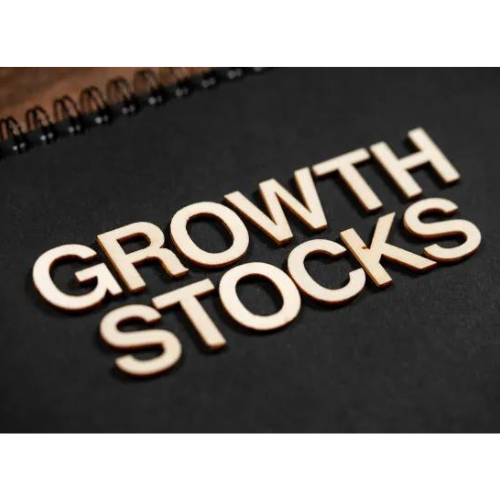As we bid adieu to the tumultuous 2010s and traverse the 2020s, it’s time to reflect on a remarkable protagonist in our financial narrative – growth stocks. These market darlings have commanded the spotlight with their thrilling performances, keeping us at the edge of our Wall Street seats. The question is, have they lived up to the hype, and more importantly, the hope?
The 2010s: A Tale of Two Halves
The decade started in the shadow of the 2008 financial crisis, the wounds still raw and the lessons palpable. It was against this backdrop that growth stocks took the stage. With historically low-interest rates and the gradual economic recovery, they found the perfect soil to germinate.
During the first half of the decade, growth stocks saw moderate success. Investors, still skeptical from the ghost of the financial crisis past, initially played a cautious game. Yet, the improving economic conditions, technological advancements, and consumer trends led to growth stocks offering better returns than their value counterparts.
The real firework, however, sparked off in the latter half of the decade. Tech giants like Amazon, Apple, Google’s parent Alphabet, and Facebook – collectively termed as the FAANG stocks – began to dictate the tempo of the market. Investors were entranced by their ability to disrupt traditional sectors, innovate at breakneck speed, and scale rapidly. The consistent double-digit growth rates made them a coveted asset class.
The Roaring 2020s
Despite the onset of the COVID-19 pandemic in early 2020 and the ensuing economic upheaval, growth stocks maintained their bravado. The shift towards remote work and reliance on technology further bolstered the standing of tech-oriented growth stocks. Companies like Zoom and Shopify saw their stock prices skyrocket as the ‘new normal’ embraced digital transformation.
The accelerated digital trends have also paved the way for emergent sectors like green energy, biotechnology, and AI to join the growth stock ensemble. Companies like Tesla and Moderna, which offered innovative solutions to modern challenges, were rewarded with impressive market capitalizations.
While growth stocks have provided attractive returns, they have not been without their ballet of volatility. The March 2020 crash, spurred by the pandemic, reminded us of their susceptibility to market sentiment and macroeconomic factors. The potential for higher returns has often walked hand in hand with increased risk.
The Future Dance Card
As we venture further into the 2020s, the performance of growth stocks may be influenced by numerous factors. These include the pace of economic recovery, interest rate environment, technological disruptions, and geo-political situations. Inflation and an outright reversal of monetary stimulus have also added a fresh layer of intrigue to the growth stock narrative.
In conclusion, the last decade has seen growth stocks pirouetting with a compelling blend of risk and reward. As for the next dance, only time will narrate the rhythm and flow. Investors, meanwhile, will continue to sway to the tempo, eyes on the horizon, anticipating the next beat of this thrilling market symphony.
Disclaimer: The content provided in this article is for informational purposes only and should not be considered financial advice. Always conduct thorough research and consult with a qualified professional before making investment decisions.






